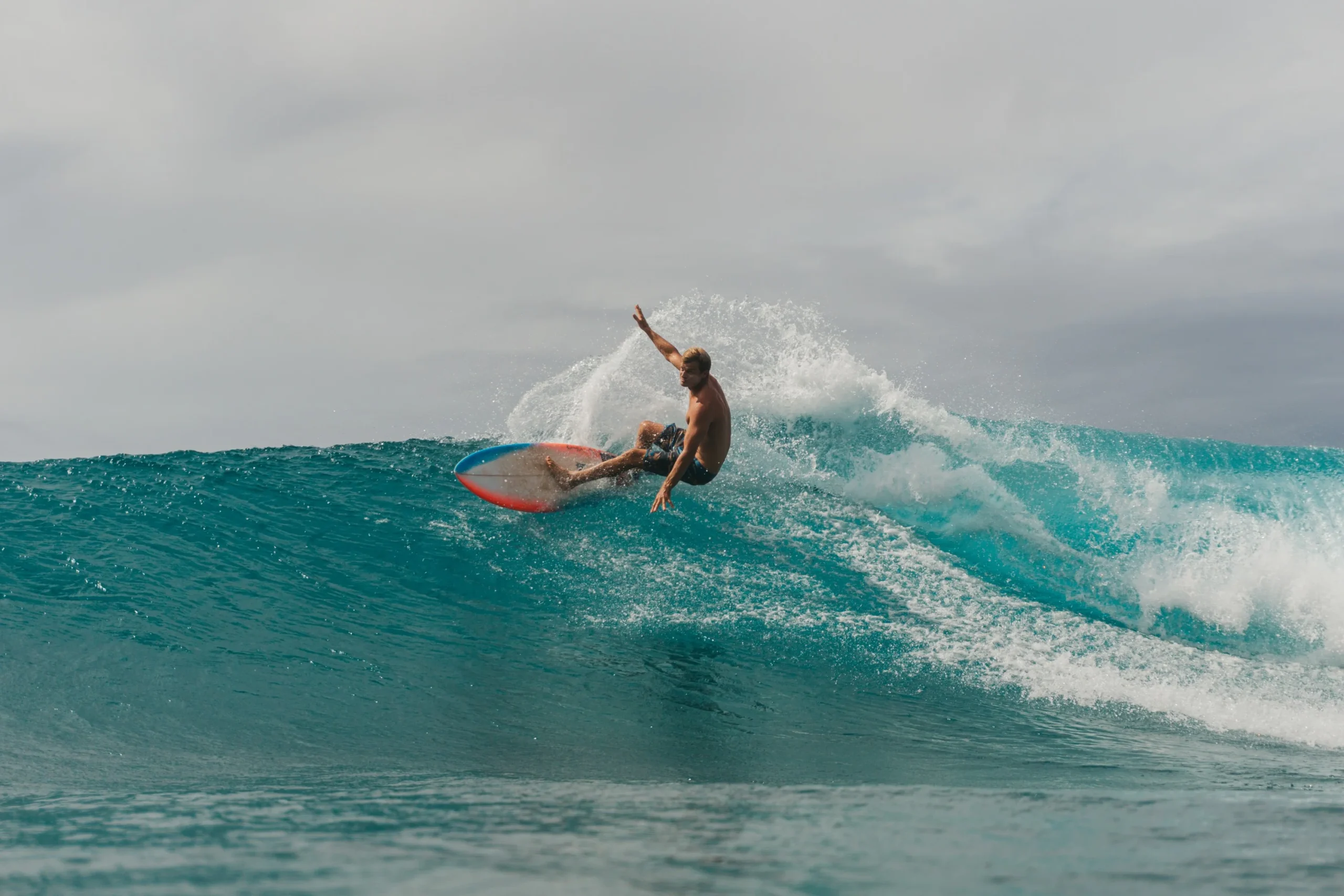The Role of Weather and Tides in Surfing
Surfing is not just about balancing on a board and riding waves; it’s an intricate dance with nature. Weather and tides play pivotal roles in creating the perfect surfing conditions, making the sport as much about reading the environment as it is about skill. Understanding these elements is essential for surfers of all levels, whether they are catching waves at natural beaches or surfing in wave pools like the renowned URBNSURF Sydney.
How Weather Shapes Surfing Conditions
Weather is a critical factor in determining the quality of waves. The key weather elements affecting surfing are wind, storms, and atmospheric pressure.
Wind Direction and Speed
Wind is perhaps the most influential weather element in surfing. Offshore winds, which blow from the land toward the ocean, are ideal as they help sculpt smooth, well-formed waves. Onshore winds, blowing from the ocean to the shore, create choppy and disorganized waves, making them less desirable for surfing.
The speed of the wind also plays a role. Moderate winds can produce consistent waves, while strong winds can create overly rough and challenging conditions.
Storms and Swell Formation
Storms, especially those far out at sea, generate swells, the foundation of waves. A swell’s size, period, and direction depend on the storm’s strength, duration, and distance from the coast. Larger, longer-period swells generally create better surfing conditions, but they can also be intimidating for less experienced surfers.
Weather Patterns and Seasonal Variations
Seasonal weather changes dictate when and where the best waves are likely to form. For example, surfers on the North Shore of Oahu eagerly await the winter swells that bring massive waves, while Australian surfers might look to spring or autumn for consistent conditions.
Wave pools like URBNSURF Sydney offer a unique advantage, providing perfect, predictable waves regardless of weather. This predictability is why many surfers use them for training and honing their skills.
Tides and Their Influence on Surfing
Tides, driven by the gravitational pull of the moon and sun, significantly impact wave quality and surfability.
High Tide vs. Low Tide
Each surf spot behaves differently with changing tides. Some breaks work best at high tide, where the water depth allows waves to form smoothly over the reef or sandbank. Others are better at low tide, when shallow water creates steeper, faster waves.
Mid-Tide Magic
For many locations, mid-tide offers a sweet spot. It combines the advantages of both high and low tides, often resulting in ideal surfing conditions.
Spring and Neap Tides
Spring tides, occurring during full and new moons, bring more extreme tidal shifts, creating stronger currents and potentially larger waves. Neap tides, during the first and third quarters of the moon, produce less dramatic tidal changes, often resulting in calmer surf.
Understanding how a specific spot reacts to tidal changes is crucial. Surfers often study tide charts to determine the optimal time to hit the waves.
Combining Weather and Tides
The interplay between weather and tides is what truly defines a surfer’s experience. For example, a beach with perfect offshore winds might be unsurfable if the tide is too high or too low. Conversely, an ideal tide can be rendered useless if the winds are onshore or the swell is too small.
This delicate balance is why surfers constantly check surf reports and forecasts. These tools provide detailed information about wind, swell, and tide conditions, helping surfers plan their sessions.
The Wave Pool Revolution
For those looking to escape the unpredictability of natural surf conditions, wave pools like URBNSURF Sydney have revolutionized the sport. For a deeper dive into this revolutionary wave pool, check out this comprehensive video guide to URBNSURF Sydney: https://wavepoolmag.com/all-you-need-to-know-video-guide-to-urbnsurf-sydney/ . By replicating ideal wave conditions in a controlled environment, wave pools eliminate the guesswork.
URBNSURF Sydney, for instance, offers consistently perfect waves regardless of weather or tide, making it a haven for beginners and advanced surfers alike. The facility’s ability to generate waves that mimic natural ocean swells allows surfers to practice with precision, refining their skills without waiting for nature to cooperate.
Conclusion
Surfing is an intricate blend of skill, intuition, and environmental awareness. Weather and tides are fundamental elements that shape the sport, demanding surfers learn to read and adapt to their ever-changing conditions. While wave pools like URBNSURF Sydney provide a reliable alternative, the thrill of chasing the perfect natural wave remains unparalleled.
For surfers, understanding the relationship between weather, tides, and waves is the key to unlocking unforgettable sessions and deeper connections with the ocean. Whether on a sunlit beach or in a state-of-the-art wave pool, the allure of surfing lies in its seamless harmony with nature.
Keep an eye for more latest news & updates on Glamour UER!






